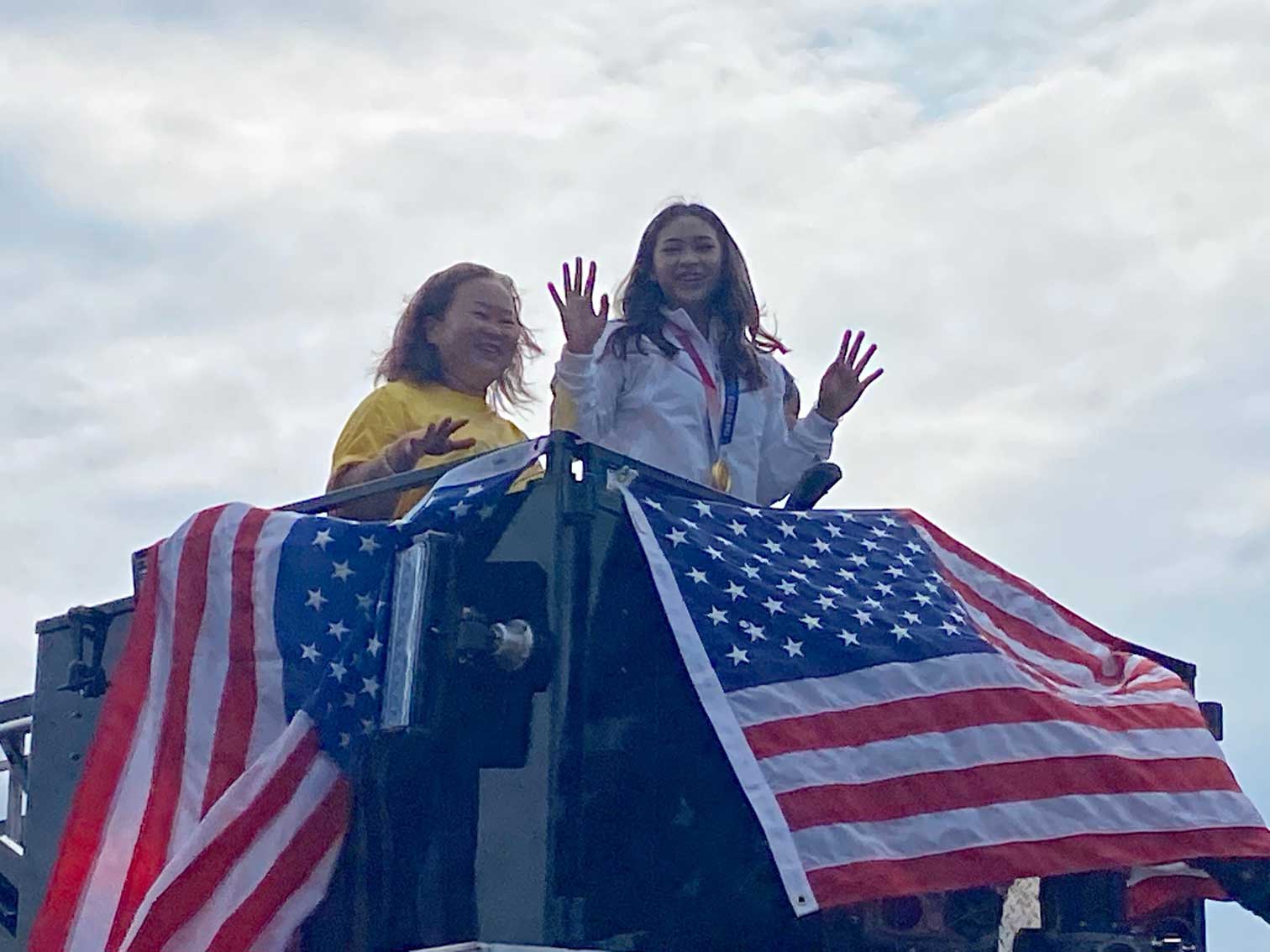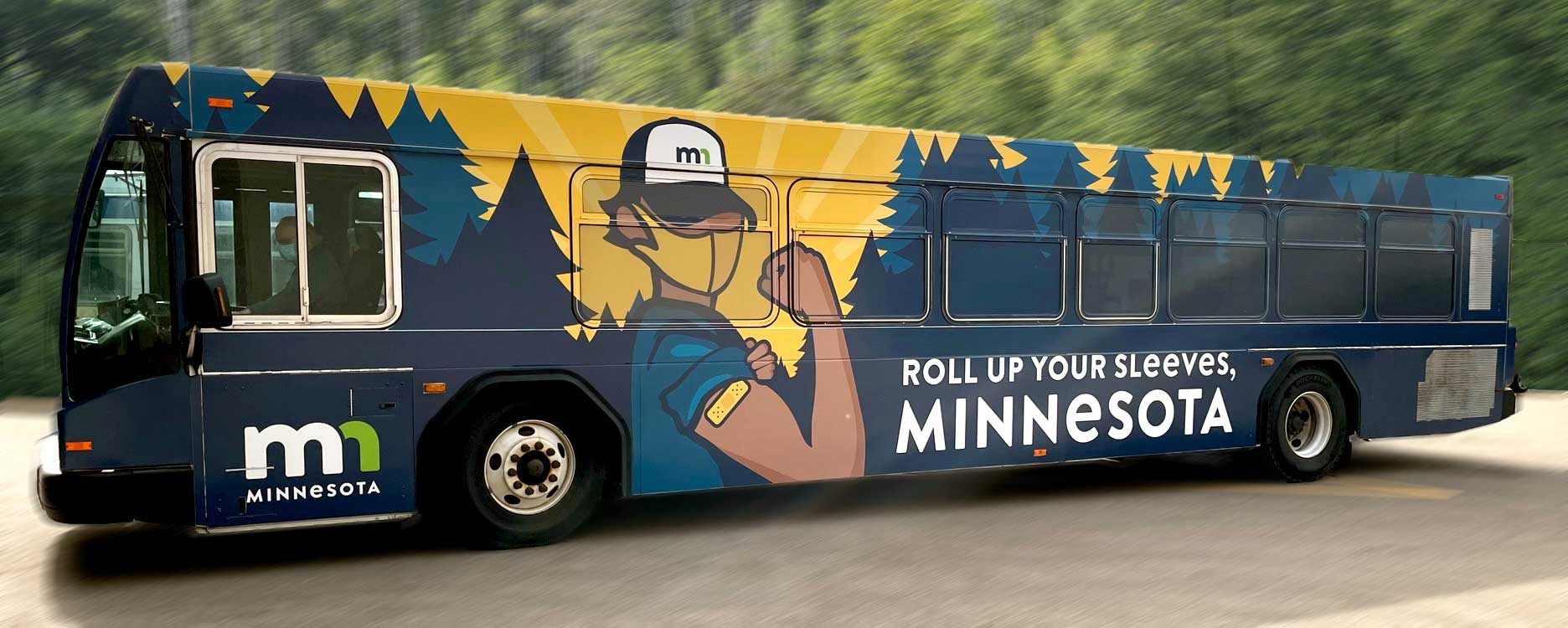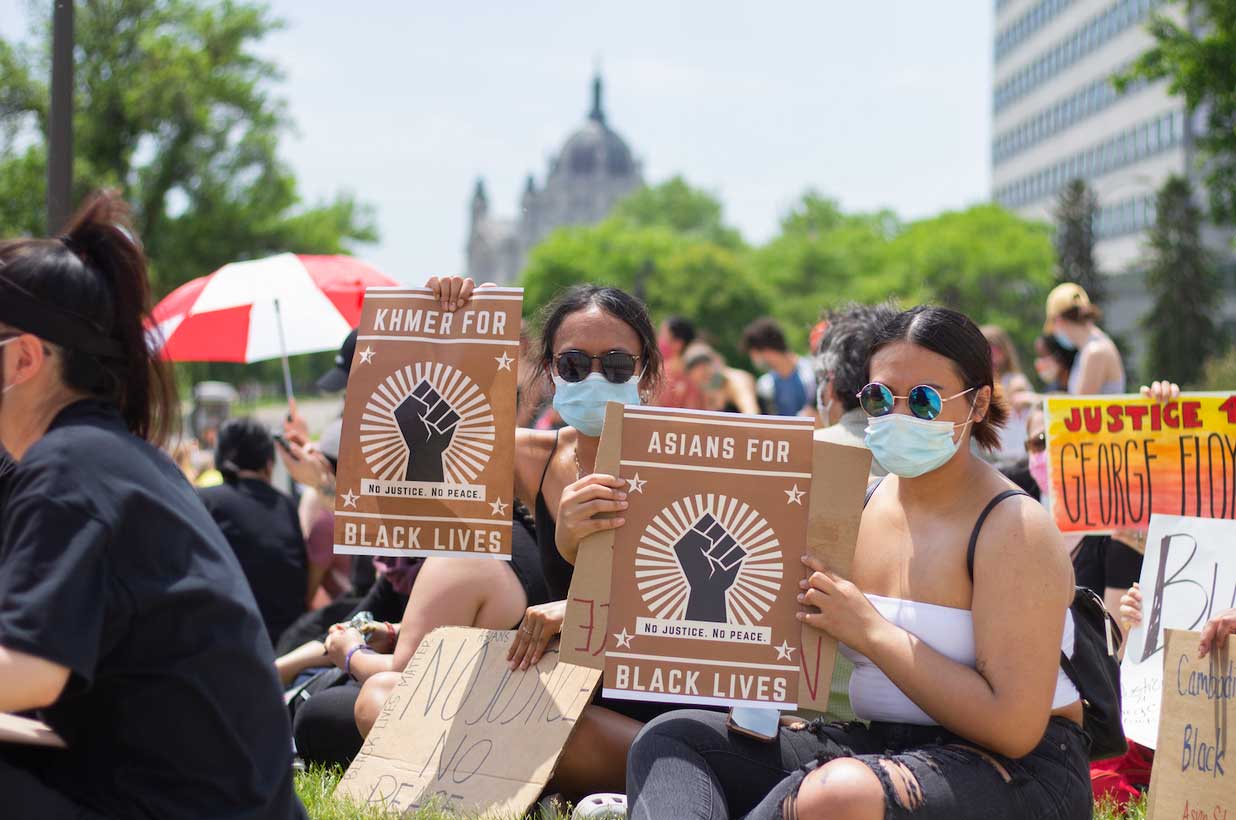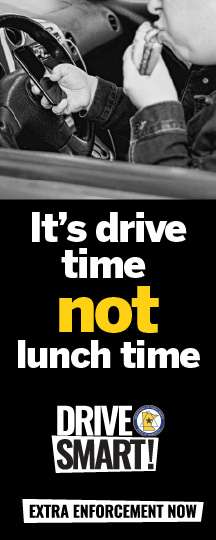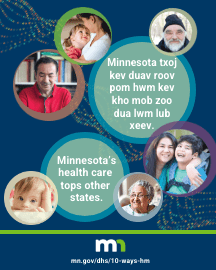2021 – The Year In Review
By Kim Yang
2021 was a very eventful year for the Hmong community locally, nationally and beyond. Although COVID-19 ranked as the number one story for many in the state of Minnesota and beyond, many other happenings were going on among the Hmong community. The Hmong Times takes a look back at some of the top stories of 2021.
Community
In March, the Walz-Flanagan Administration announces the publication of vaccination data by race and ethnicity made possible through the groundbreaking partnership between the State of Minnesota and the Minnesota Electronic Health Record (EHR) Consortium. This unique and innovative collaboration between public health and health systems is the first statewide effort of its kind in the United States. The data, published on the state’s COVID-19 Vaccine Data Dashboard, shows strategies to ensure the equitable distribution of vaccine to Minnesotans of all races and ethnicities, including communities disproportionately impacted by COVID-19 as a result of systemic inequities.
In response to the attacks and violence directed towards Asian Americans in Minnesota and nationwide, the Asian Minnesotan Alliance for Justice (AMAJ) convened a community event on March 24 to hear from victims of anti-Asian hate crimes and to galvanize the public to take action. The event, Unheard Stories: Asian Americans Experiencing Hate, was attended by more than 900 community members, including Ilhan Omar, U.S. Representative; Peggy Flanagan, Lt. Governor of Minnesota; Rebecca Lucero, Minnesota Department of Human Rights Commissioner; and Bo Thao-Urabe, Executive Director of the Coalition of Asian American Leaders.
In May a story showed Asian Americans recorded the fastest population growth rate among all racial and ethnic groups in the United States between 2000 and 2019. The Asian population in the U.S. grew 81% during that span, from roughly 10.5 million to a record 18.9 million, according to a Pew Research Center analysis of U.S. Census Bureau population estimates, the last before 2020 census figures are released. Furthermore, by 2060, the number of U.S. Asians is projected to rise to 35.8 million, more than triple their 2000 population.
At various times during the year, Legacies of War, shared stories from various Board of Director members on their experiences and accomplishments that focus on their mission to raise awareness about the history of the Vietnam War-era bombing in Laos and advocate for the clearance of unexploded bombs, to provide space for healing the wounds of war, and to create greater hope for a future of peace.
Over the July 4th 2021 weekend, the McMurray fields of St. Paul remained bare as the United Hmong Family, Inc.’s decision to cancel the 41st annual Hmong International Freedom Festival held strong. This was just one more thing that the COVID-19 pandemic had taken from people and hit not only its attendees hard but also sports (soccer, football, volleyball, tujlub, takraw) players and enthusiasts, food vendors, Hmong media productions and solo artists, as well as local Hmong entrepreneurs, farmers, and crafters.
Like so many in the community, Hmong Times celebrated the Summer Olympics success of St. Paul’s own Suni Lee with a parade in her honor. Suni’s tremendous Olympic success, taking the Gold medal in the women’s individual all-around event of the gymnastics competition, a bronze medal in the uneven bars competition and a silver as part of team USA in the team competition, speaks volumes that spans over centuries. Suni has shown the Hmong community that, yes, Hmong people have undergone tremendous trauma and oppression but that does not have to define us.
Winter in Falcon Heights, Minnesota was not the same this year as the 23rd annual Hmong New Year festival at Lee and Rose Warner Coliseum on the Minnesota State Fair Grounds was called off due to COVID-19.
Additionally, the beloved Minnesota Hmong-American New Year (MNHNY) at St. Paul’s RiverCentre was canceled this year due to COVID-19. Founded nearly 42 years ago, the MNHNY-RiverCentre stands strong today as one of the most memorable Hmong cultural festivals in Minnesota.
Late December, the METRO Blue Line Extension project is seeking applications from community members for a new Anti-Displacement Workgroup. Members will help guide anti-displacement strategies and policy development by providing personal insight, local expertise and direct connections to communities impacted by the project.
Business
With the lingering effects of COVID-19 on many businesses, Terry Monroe, founder and president of American Business Brokers & Advisors (ABBA), stated, “Owning and operating a family business is a big part of the American dream. But along with realizing that dream comes a bittersweet reality for some family business owners – knowing when it’s time to sell. And that can be a challenge as they wrestle with deep emotional ties to the business and various selling options.”
Education
When the pandemic shut down schools in 2020, it made for an unwelcome disruption in everyone’s lives. But within this homelife upheaval, the disruption of school also provided an opportunity to re-evaluate how learning takes place, and what families can do to make things better, shared Emily Greene (www.emilygreene.com), the author of School, Disrupted: Rediscovering the Joy of Learning in a Pandemic-Stricken World.
The Hmong Times relaunched a summer-long series promoting education – Pre K, K-12 and Higher Education. Over 40% of the students in the Twin Cities come from a diverse background. The Hmong Times’ Focus On Education series was the perfect way to become fully educated on the options and opportunities available for all children.
In December, St. Paul City School District announced the construction of a new facility at 215 University Avenue W, (the corner of University Avenue and Marion Street) to combine its three sites into one building. The new building will be open for the 2022-2023 school year.
Health
As the country came to the realization of a vaccine for the COVID-19 virus, the state of Minnesota was ready. The Hmong Times reported that the infrastructure in Minnesota was in place to deliver a COVID vaccine quickly and safely to Minnesotans in every corner the state. A broad, diverse, statewide coalition has done extensive planning to be ready for this moment. Minnesota took a regional “hub and spoke” approach to distributing the vaccine.
Governor Tim Walz announced, in April, that the state had received a $2 million grant from the Substance Abuse and Mental Health Services Administration of the U.S. Department of Health and Human Services to support mental health care in Minnesota. The funding is being used for health care providers, first responders, and those with serious mental illness and substance use disorders who have been impacted by COVID-19 and are unable to pay for behavioral health services.
In May, The Minnesota Department of Health (MDH), Blue Cross and Blue Shield of Minnesota, Metro Transit, the Metropolitan Council, and Minnesota Department of Transportation partnered to bring mobile COVID-19 vaccination clinics to communities throughout the state of Minnesota. Metro Transit turned six underutilized transit buses into mobile vaccination clinics by removing seating and installing new equipment.
As communities began to open up, we featured stories and information on why it’s important your child goes in for their well-child visit. The Child and Teen Checkups Staff shared how they were here to help!
In July Hmong Times shared information from the Centers for Disease Control about the emerging variants of COVID-19. Information about the characteristics of these variants was rapidly emerging. Scientists were working to learn more about how easily they spread, whether they could cause more severe illness, and whether currently authorized vaccines would protect people against them.
The Minnesota Department of Health issued a statement following the U.S. Centers for Disease Control and Prevention (CDC) about its plan to offer third doses of COVID-19 vaccines as boosters starting the week of September 20. Booster timing was expected to be eight months after the second dose of Pfizer or Moderna vaccine.
Arts
Dr. Mark Pfeifer has compiled a new book, Annotated Bibliography of Hmong-Related Works: 2007-2019, published by the Hmong Educational Resources Publisher. Dr. Pfeifer’s new book is based on content he developed as part of the research newsletters on the Hmong Cultural Center and Hmong Studies Journal websites. It builds on and updates a previous reference source that was a bibliography of Hmong related research published from 1996-2006.
Hmong Cultural Center (HCC) announced that it had been awarded a $50,000 grant from the Google Community Grants Fund. Google reached out to HCC as part of an initiative to show support for organizations that serve Asian American Communities across the United States.
Outdoors
Our friends at the Minnesota Department of Natural Resources continued to share interesting stories from around Minnesota like how for centuries Lake Ogechie on the Mille Lacs Reservation in central Minnesota produced thousands of pounds of wild rice each season. Old photos show as many as 100 two-person canoes on the lake’s shallow water during the harvest. As well as Why does the DNR division of Parks and Trails hold special deer hunts and how they benefit the deer.
We also learned about the growing hobby of bird feeding. According to the U.S. Fish and Wildlife Service, more than 50 million Americans across the country participate in bird feeding, surpassing the total of hunters and anglers combined.
Those were some of the big stories from 2021. We can’t wait to see what is in store for 2022. Thank you for reading and stay tuned…
